Echoes of Old Toronto: A Guide to 10 Streets with a Story
by Core Assets
Let's walk through Toronto, a city with its unique history, and explore some streets that aren't just about getting from one place to another. These streets have stories, each telling a different chapter of Toronto's past. Today, let's discover what makes 10 of Toronto's most historic streets so special and how they contribute to the city we see now.

Queen Street West
Originally known as Lot Street, Queen Street West was renamed in 1837 in honour of Queen Victoria. This trendy and vibrant artery of Toronto's fashion, arts, and entertainment scenes was once the boundary of the city limits. Not just a street but a canvas, Queen Street West is a living gallery adorned with eclectic street art, echoing the city's evolution from a colonial outpost to a cultural hub

King Street
Named after King George III, King Street is a testament to Toronto's economic and theatrical vitality. In the 19th century, Toronto's primary commercial thoroughfare was home to banks, shops, and theatres. Today, King Street harmonizes its historical significance with modernity, housing some of the city’s top restaurants, theatres, and businesses, preserving its regal legacy.
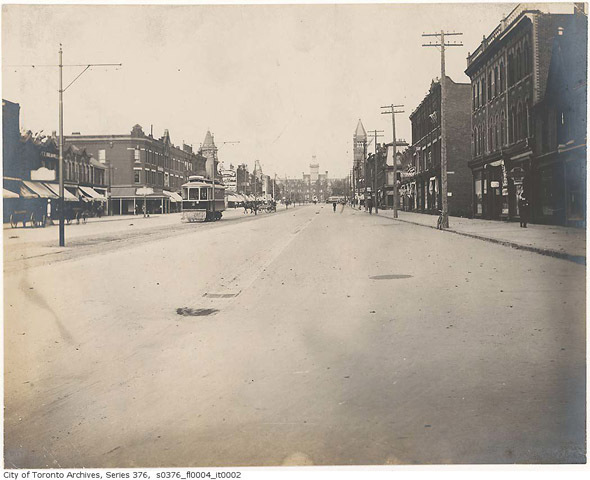
Spadina Avenue
Spadina, derived from the Ojibwa word 'Ishpadinaa' meaning 'a hill' or 'sudden rise in the land', reflects Toronto’s multicultural layers. Historically, it was a pathway for First Nations. Later, it became the heart of the Jewish community, and today, it's a central part of Chinatown. Each layer of Spadina Avenue's history contributes to the city's rich cultural tapestry.

Bloor Street
Named after Joseph Bloore, an innkeeper and brewer, Bloor Street has a dual personality. The eastern part boasts the luxurious 'Mink Mile,' showcasing high-end shopping, while the western part is more bohemian. Bloor Street is also a divider between north and south Toronto, pivotal in the city's geographical orientation.
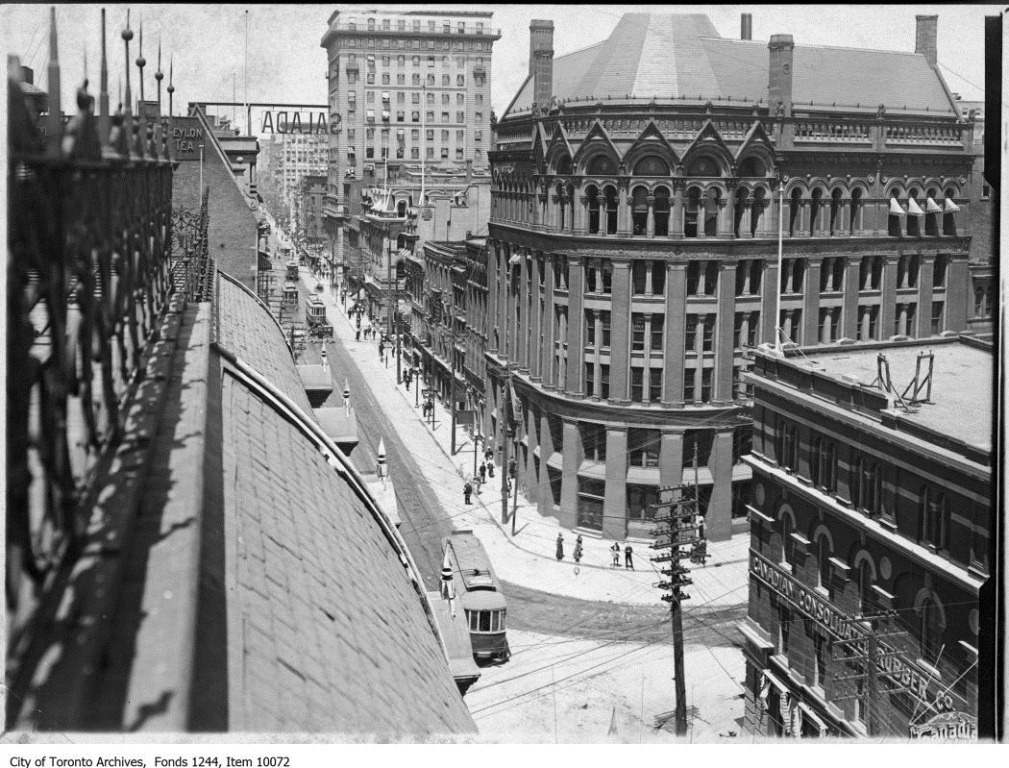
Front Street
Front Street, aptly named for its position at the front of Lake Ontario, is a historic transportation hub. Once the shoreline where goods were offloaded from ships, this street witnessed Toronto's transformation from a British colonial town into a bustling metropolis. The iconic Union Station on Front Street is a testament to the city's ever-evolving transit story.
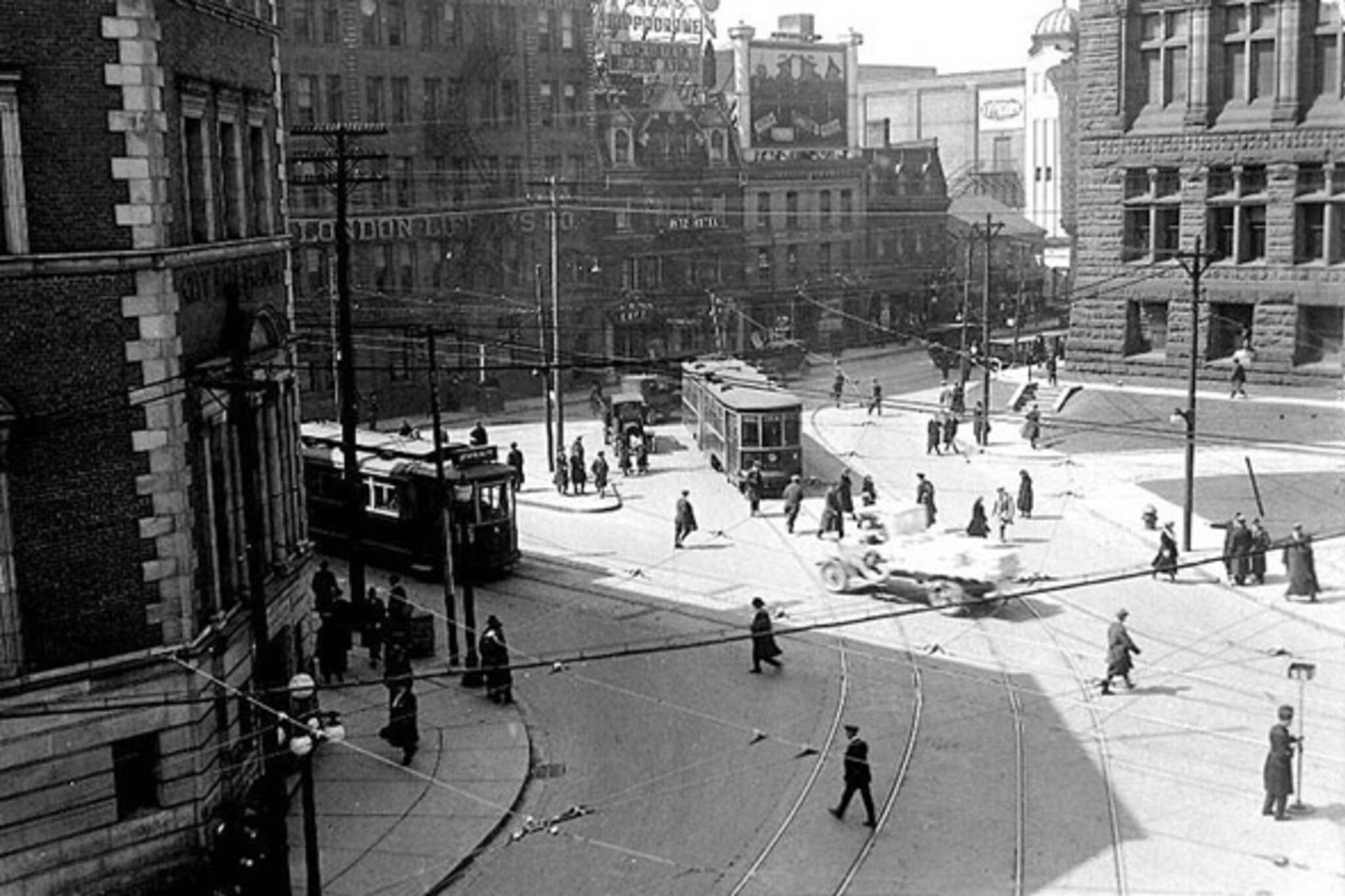
Bay Street
Synonymous with Canada's financial district, Bay Street was named after the Bay of Quinte, where early settler John Simcoe hailed from. This street is a powerhouse of modern finance but also harbours historic jewels like Old City Hall, a Romanesque civic masterpiece that anchors Bay Street’s rich heritage in the midst of modern skyscrapers.
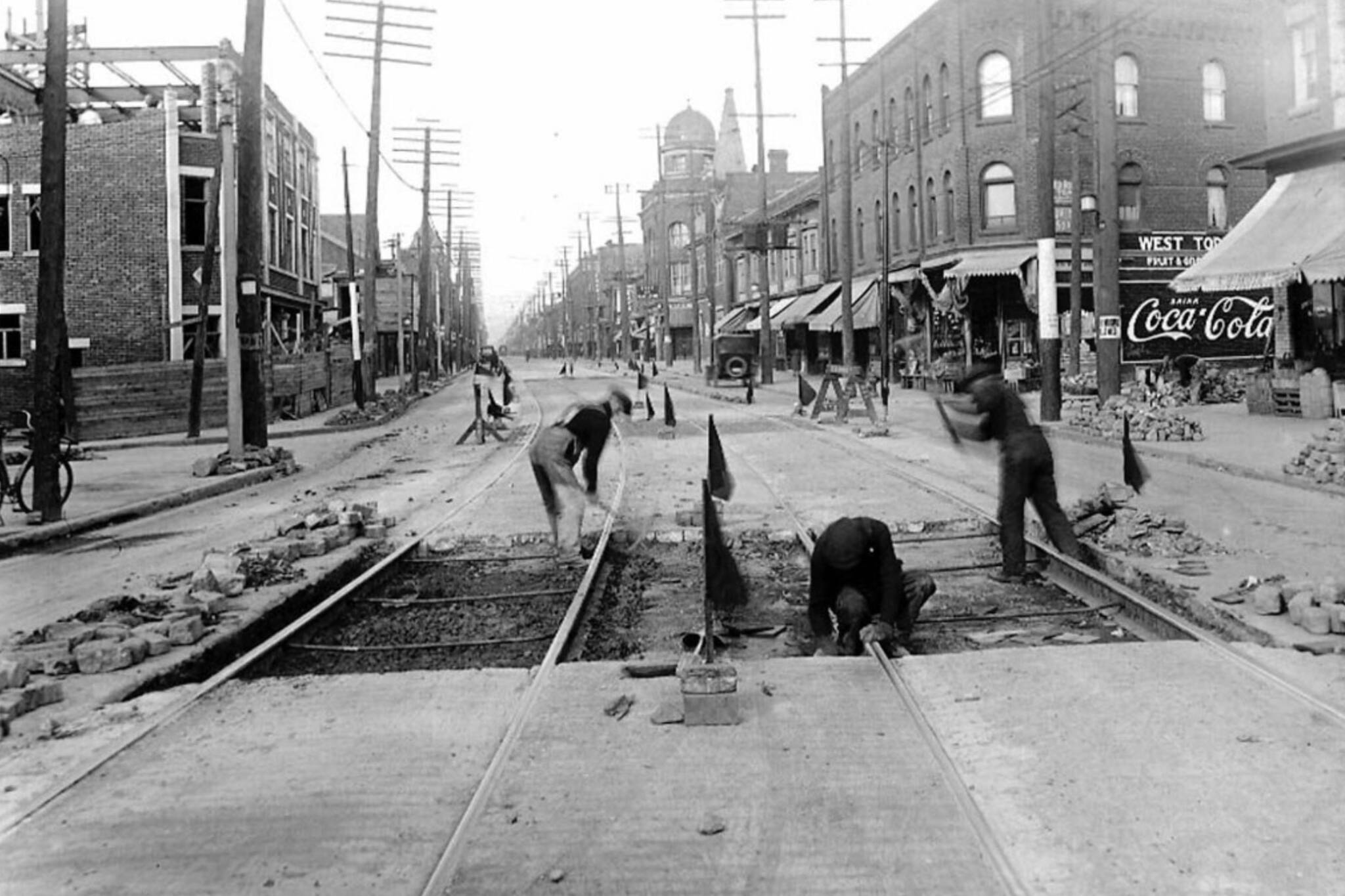
Dundas Street
Dundas Street, named after Henry Dundas, 1st Viscount Melville, stretches across the city, weaving a diverse cultural tapestry. Dundas Street is a microcosm of Toronto’s diversity and artistic flair, from the vibrant international markets to the historic Art Gallery of Ontario.
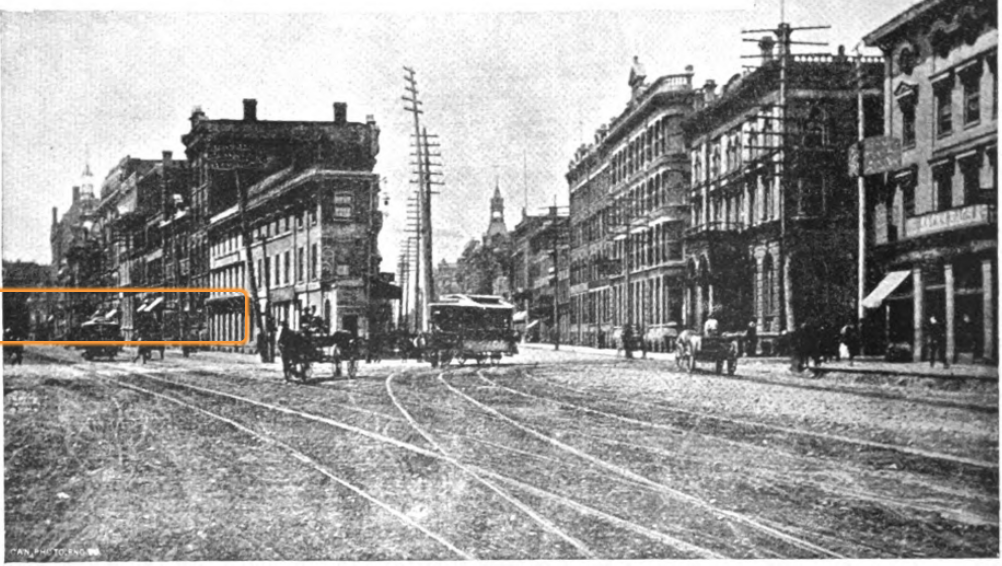
Jarvis Street
Jarvis Street, named after William Jarvis, a prominent figure in early Toronto society, showcases architectural evolution. From Georgian-style mansions of the 19th century to modern high-rises, Jarvis Street mirrors Toronto's transformation from a genteel colonial town to a modern, bustling metropolis.
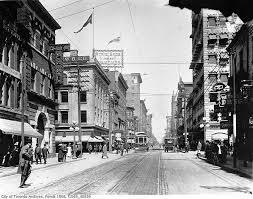
Adelaide Street
Named after Queen Adelaide, the wife of King William IV, Adelaide Street is a blend of old and new Toronto. From its humble beginnings as a street lined with modest brick houses, it has evolved into a bustling corridor of commerce and culture, symbolizing the growth and strength of Toronto.
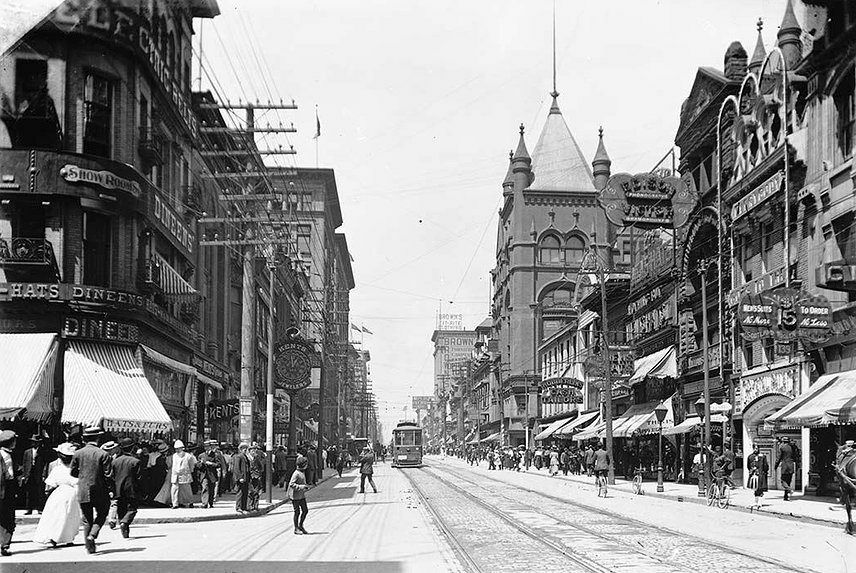
Yonge Street
Finally, Yonge Street, a contender for Toronto's most iconic thoroughfare and once known as the world's longest road, takes its name from Sir George Yonge, an aficionado of Roman roads. This street is like the grand stage of Toronto, showcasing the city’s evolution with a lineup of parades, protests, and vibrant celebrations. It's a place where the chapters of Toronto's history and its future pages are continuously written side by side.
As we walk down these streets, it's like stepping into a time machine. We're not just moving through the city; we're travelling through history. Each building, each corner, has its own story. It's amazing to think that these streets are more than just parts of our daily commutes or shopping trips; they're the backdrop to Toronto's ongoing story, a story that we're all a part of.